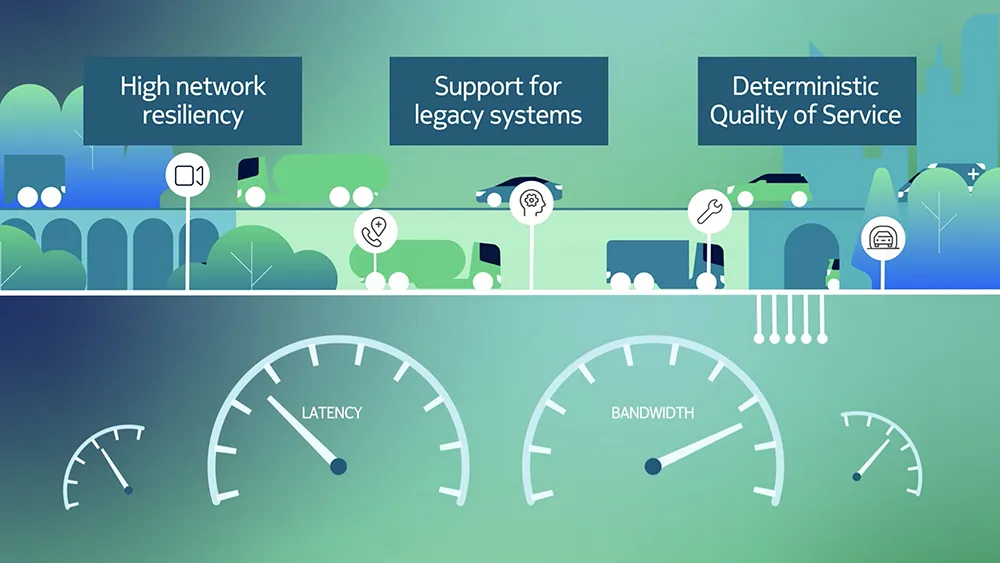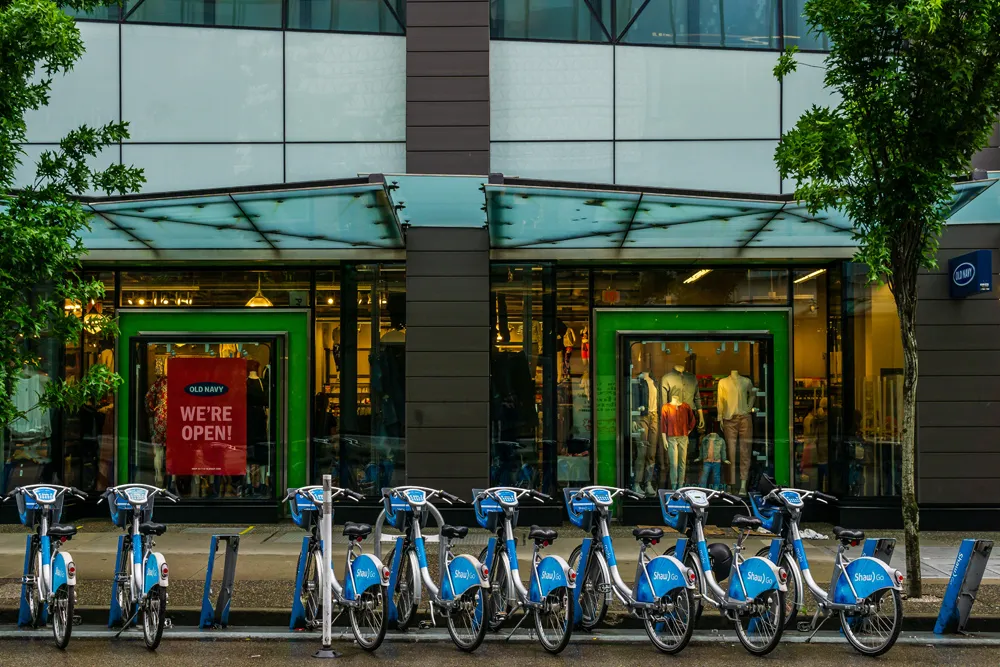
Cutting-edge ITS technologies are exciting — with their potential for delivering safer, more sustainable and efficient highway travel. But they don’t operate in isolation. To perform at their best, they need a mission-critical communications network with outstanding capabilities, supporting connectivity from the roadside spanning the wide area to the data centre.
That’s where Nokia comes in—providing the essential network foundation that enables these technologies to work together seamlessly. During the ITS European Congress 2025 the company’s experts will share how its networks power smart highways by delivering data rapidly, reliably, and securely across operations. This ensures greater situational awareness and collaboration, allowing operators to respond swiftly to changing conditions, optimise traffic flow, and enhance road safety.
Beyond that foundation, Nokia’s IP, optical and data centre networks support the latest digital advances, enabling you to add more sophisticated capabilities. For example, vehicle-to-network-to-everything (V2N2X) technology provides drivers on the road with real-time awareness of their surroundings. Meanwhile, cooperative intelligent transport systems (C-ITS) technology uses data from roadside equipment and sensors to help highway operators respond swiftly to changing road conditions. Additionally, autonomous vehicles (AVs) operate without driver intervention by integrating multiple types of cutting-edge technology and data.
With features like segment routing, seamless data centre connectivity, AI-ready networking, and zero-trust quantum-safe cybersecurity, Nokia’s industry-leading infrastructure ensures highways are not only smarter—but safer, greener, and future-ready.
Nokia is inviting delegates to its stand to meet the company’s experts to learn how to power the next generation of road mobility.
Stand: D10










